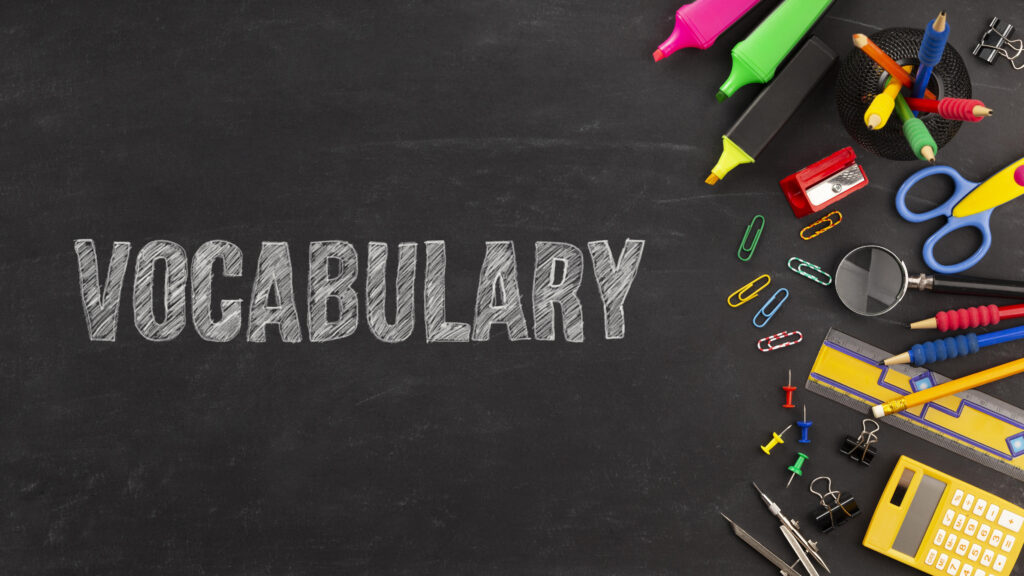I was chatting with a student yesterday who was feeling frustrated about her speaking level. I want to highlight that she’s a hard-working student who doesn’t shy away from diligent study. “Why can I understand Italian but not speak it? Is there something I am doing wrong?” she asked me. This feeling of frustration is common and completely natural for just about any language student.
Therefore, I am writing this blog today to help you realize that there’s nothing to worry about. Furthermore, to reduce frustration and disappointment, in this blog I’d like to delve a bit deeper into:
- The difference between passive and active vocabulary
- The natural steps of what you learn first
- How to bridge the gap between passive and active vocabulary
- How to speed up the process of learning Italian
If you’ve been studying Italian for some time, you might find yourself easily understanding Italian texts or conversations (more or less LOL), but struggling when it comes to speaking. It’s comforting to know that this is normal and happens to everyone. But why is that?

1. The difference between passive and active vocabulary
In language learning, we need to differentiate between passive and active vocabulary. Passive vocabulary consists of words and structures that you understand or grasp when you hear or read them, but can’t yet use confidently yourself. Active vocabulary, on the other hand, is what you use when speaking.
Imagine your passive vocabulary as a large collection of words you recognize or sort of recognize when reading or listening to Italian. It’s like having a reservoir of words that allows you to follow Italian content without much effort. However, when it comes to speaking or writing in Italian, you may struggle because your active vocabulary—the words you can confidently use—is significantly smaller.
Passive and active vocabulary in your first language
Interestingly, passive and active vocabulary are features of everyone’s first language too. For instance, imagine listening to a lecture or reading a challenging passage in your native language—you might understand it, but might frequently overestimate how much and how clearly you could explain it back.
When my young children began studying history and science at school, they misunderstood what studying entailed and thought they just had to read the pages. They could grasp the gist of what was written, but when asked about it, their explanations would be confused and incomplete.
Our level of understanding is often overestimated because we rely on context rather than individual words. So, we might think we understand when we’ve only grasped the general idea (the words or structure) rather than a deep understanding.
Therefore, to speak fluently, words from your passive vocabulary need to transition into your active vocabulary through practice.
The best practice is of course speaking. Speaking for real, with real people about real topics is crucial. This is why at Parla Italiano we don’t only offer our regular courses, but also conversation classes. Each lesson revolves around an interesting theme, ensuring your conversations are as engaging as they are informative. The aim is to express yourself with confidence, under the guidance of an experienced teacher, in a lively and interactive environment.


2. The natural steps of what you learn first
So, where’s the sweet spot? Should you prioritize speaking – which is your ultimate goal – or focus on building passive vocabulary and hope that speaking will eventually follow?
In reality, the process is already mapped out for you: developing your passive vocabulary is the natural first step, and practice will activate it in speaking.
Without a large passive vocabulary, there cannot be any speaking, also considering that for communication one needs to understand first before an answer can be given.
3. How to bridge the gap between passive and active vocabulary
In essence, reading, listening, and watching your favourite shows or YouTube videos are great ways to build your passive vocabulary. Just ensure that the material is within your grasp—meaning, not too easy and not too difficult.
Techniques for developing passive vocabulary
Feel free to use the techniques I’ve outlined in this blog about listening to spoken Italian (click here) and this blog with techniques for reading (click here), and you’ll make progress.
Alternatively, you can simply enrol in our courses. We understand the process of developing vocabulary and will guide you every step of the way.

What to listen to, to develop your Italian
When choosing what to listen to, choose something that it is of interest to you. This element cannot be underestimated as, the more you find it interesting, and it gives you pleasure, the more you can sustain your practice for longer.
Whatever you are interested in, be it cooking, football, gardening or architecture, dive in, choose easy videos and lower your expectations to a minimum.
There are numerous channels that you can listen to, for example on YouTube. I can recommend Learn Italian with Lucrezia (click here). This particular video is a vlog combining Italian with cultural elements.
4. How to speed up the process of learning Italian
Ultimately, bridging the gap means engaging in speaking practice.
At Parla Italiano, we have taught hundreds of students and guided them to speak the language. We believe that bridging the gap between passive and active vocabulary can be achieved in our classrooms. That’s why we dedicate valuable time to speaking practice alongside vocabulary development.
Here’s our process:
- New language is always presented in context so that students have a chance to grasp it.
- Then, we analyze it more deeply.
- After this work is done, we put it into practice in speaking.
- We are not worried about mistakes, and neither should the student be. The process requires that the student attempts the assignment before it can be done without mistakes. We consider mistakes a part of the learning process.
- Eventually, those mistakes will disappear, and the student will become more fluent.
Regular speaking and writing practice will enhance your ability to use Italian words confidently. With consistent effort, you’ll improve your speaking skills and overall language proficiency.
Buon lavoro! (Good work!)








